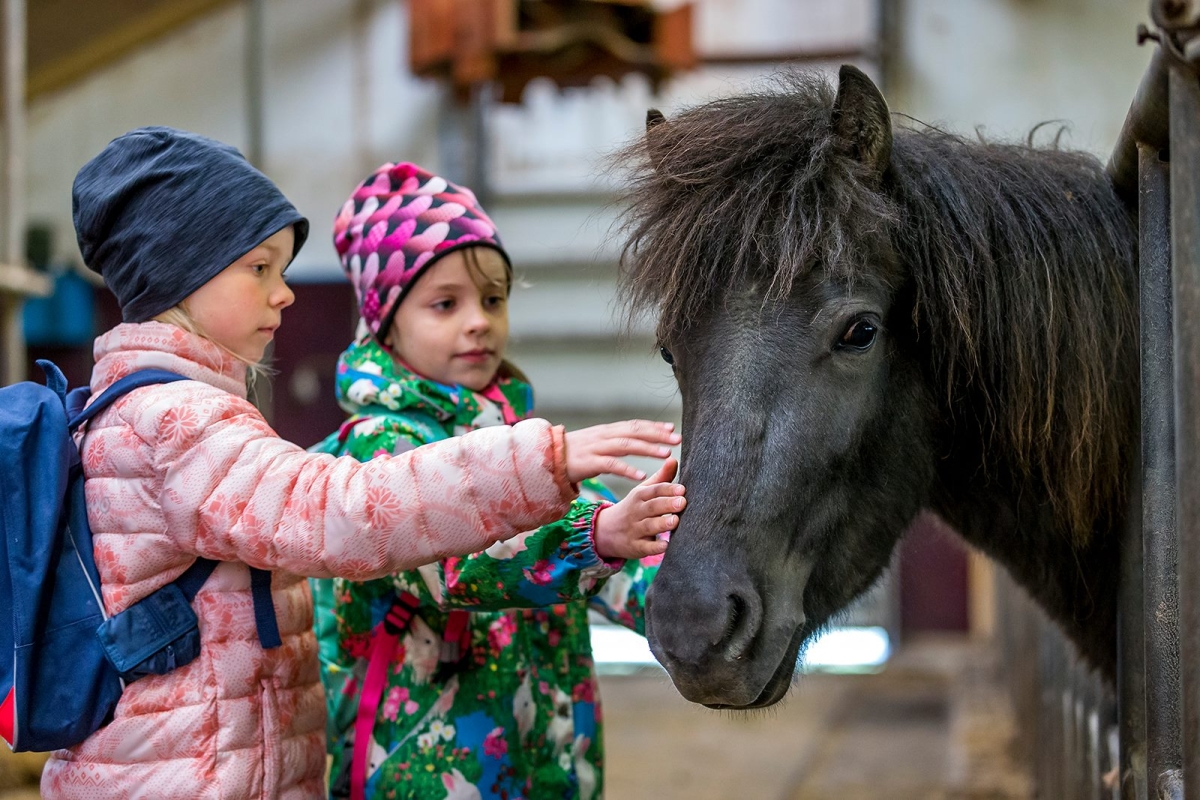Population
18. Apr 2023
Population on 1 March was 54,300

The population growth continues for the ninth consecutive year. This growth has, however, slowed down somewhat in the past year compared to previous years, mainly due to a significant drop in the excess of births over deaths. This drop is, however, to a large extent balanced out by an increase in net migration. The result is a trend reflecting continued population growth, as seen in the graph below.
[px-graph-3]
The population trend is determined by the excess of live births over deaths and net migration, i.e. the difference between the number of immigrants and the number of emigrants. The population growth in the past year comes from an excess of births of 143 and a net migration figure of 465. The table below shows that net migration has increased slightly, while the excess of births has dropped by a third compared to the previous 12-month period.
More stable trends
The graphs below show the trends in immigration and emigration and in birth and death rates. There has been a relatively high increase in both immigration and emigration since 2020. The almost parallel trends indicate a near-equal increase in immigration and emigration. Net migration thus remains at the same level as in 2020.
The birth rate trend has been on a slow decline since 2020, a year with relatively high birth rates. The death rate trend, which has been very stable in recent years, rose unusually high in the first half of 2022. This combination of low birth rates and high death rates equals a lower excess of births figure. The death rate has gone down again in recent months, resulting in a steadier trend in the excess of births.
[px-graph-3]
[px-graph-4]
Growth in most municipalities
The population grew in 19 out of the 29 municipalities in the past year. Tórshavn, Runavík and Klaksvík municipalities had the highest growth, while Hvalba and Sumba had the greatest decline.
The towns at the top and bottom of the population growth list are both located in Tórshavn municipality. Tórshavn had the greatest growth, with 131 people added to the total, while Kollafjørður had the biggest decline, dropping by 21 people.
Other towns and villages enjoying population growth were Hoyvík, Argir, Klaksvík and Saltangará. The population declined in Søldarfjørður, Hvalba and Lopra.
The table below shows the population across the 29 municipalities, with details for each town and village on 1 March 2022 and 1 March 2023.
[px-graph-4]
Population figures have a one-month lag
The figures have a one-month lag due to delays in registrations, especially regarding address changes, where many registrations are made after the month of address change has ended. To accommodate as many corrections as possible, there is a one-month lag in the data.
About the population figures
The population is defined as all individuals registered in the national register as residents of the Faroe Islands. Population data includes date of birth, gender, place of birth, citizenship, relationship status, and, where applicable, information on immigration and emigration, domestically as well as between the Faroe Islands and other nations.
About the trend
The trend describes the population trend by adjusting for seasonal effects and other error components in the population figure.